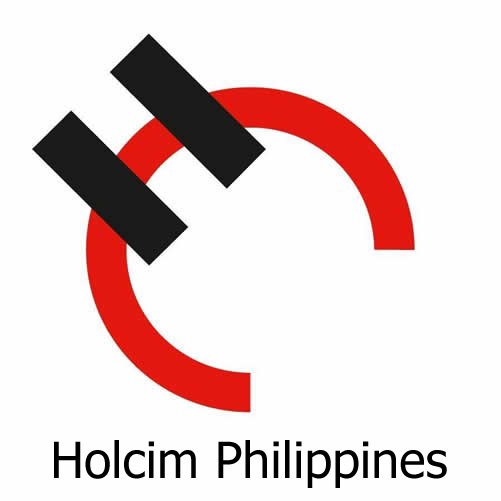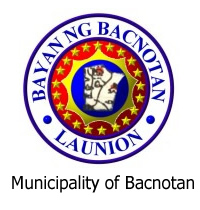Project Area
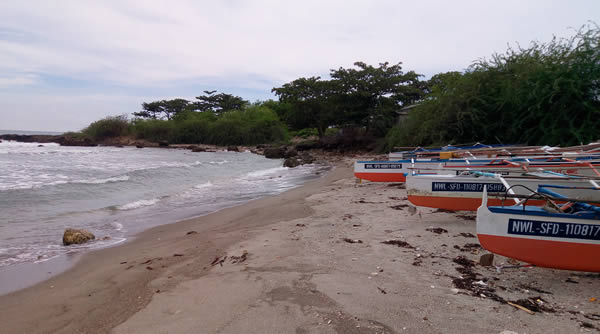
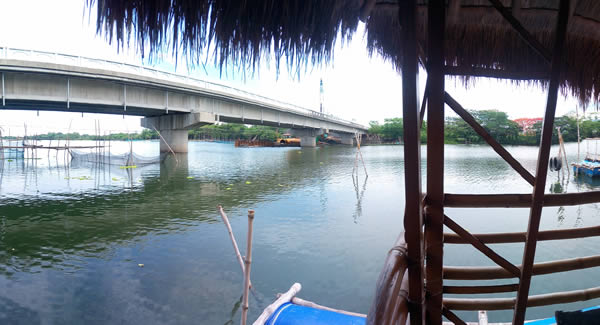
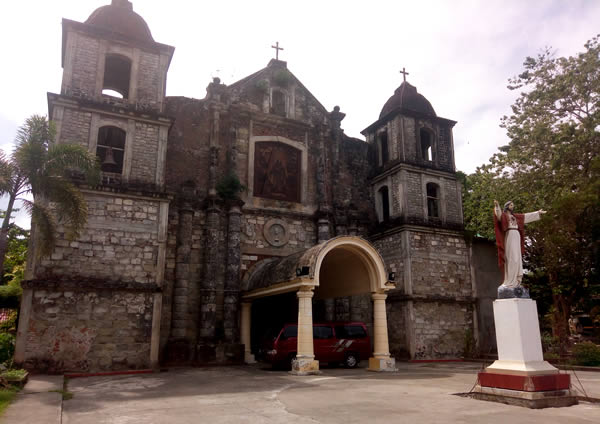
The Municipality of Bacnotan is one of the nine towns which comprise the First Congressional District of the Province of La Union. It is bounded on the north by the Municipality of Balaoan, on the east by the Municipality of San Gabriel, on the south by the Municipality of San Juan and on the west by West Philippine Sea. It is 14.27 kilometers north of San Fernando, the capital town of the province and 259.27 kilometers from the Metro Manila Area.
The town is historically significant. The place Dumarang, now called Quirino, was a scene of carnage and plunder during the Spanish-American War. In 1941, the first organised resistance against invading Japanese forces were formed at Barrio Baroro and Bacsil. A hero’s death befell the youthful defenders of the Republic. After the war, San Fernando was in ruins and Bacnotan became the provisional seat of government for the La Union.
In 1949, the vast mineral deposits for cement production were discovered in Barangay Dumarang, now Quirino. Within a year, the Cebu Portland Cement (CEPOC) established a huge cement factory. On May 11, 1957, the CEPOC, a government-owned corporation, was turned over to the privately-owned Bacnotan Consolidated, Inc. (BCI). The BCI is the manufacturer of the now famous “Union Cement”. The cement plant is now operated by Holcim Philippines (LaFargeHolcim). In the 1960s, the La Union Agricultural School having developed remarkably, was renamed the Don Mariano Marcos Memorial State University (DMMMSU).
Bacnotan today is a 1st class municipality (averaging an annual income of PhP60 million) comprising 47 barangays with a population of approximately 42,078 individuals (2015) and occupying an area of 76.60 square kilometres. Economic activities include farming, fishing, bee-keeping, pebble extraction, tourism, cement manufacturing, and other cottage industries.
Objectives of the Project
The overall objective of the Project is to prepare a tourism master development plan for the Municipality of Bacnotan that ensures dynamic economic activities within the context of sustainable development of the people.
In addition, the Project aims to:
- prepare a Tourism Master Development Plan for the Municipality of Bacnotan anchored on sustainable tourism concepts while generating revenues and employment for its residents; and
- provide a framework and direction for the Municipality of Bacnotan to harness its tourism economic potentials, conserve its natural resources, preserve its cultural heritage, develop community-based tourism activities and provide a general direction in the formulation of appropriate policies, rules and regulations and specified tourism development destinations.
Project Approach and Methodology
The overall approach to this project is community-based tourism development master planning. It will employ the “Ridge to Reef” and other ecosystem approaches including the wise use of coastal areas and other natural and wetland resources. This approach makes natural resources center stage in complementing all existing tourism resources. Historical and cultural planning will use a landscape approach that enriches and enhances the connection of town, people, heritage, and environment. Additionally, the development plan will integrate zoning, land use, infrastructure development, the national system of standards for tourism enterprises, heritage and environmental protection imperatives, disaster risk reduction and climate change in a manner that encourages sustainable tourism development.
Presentation of Draft Tourism Master Development Plan >>

